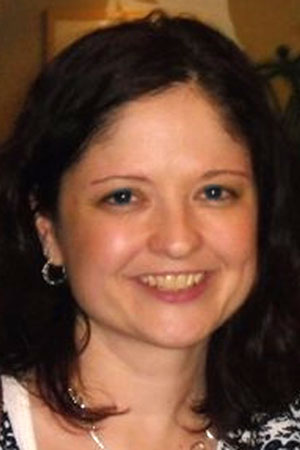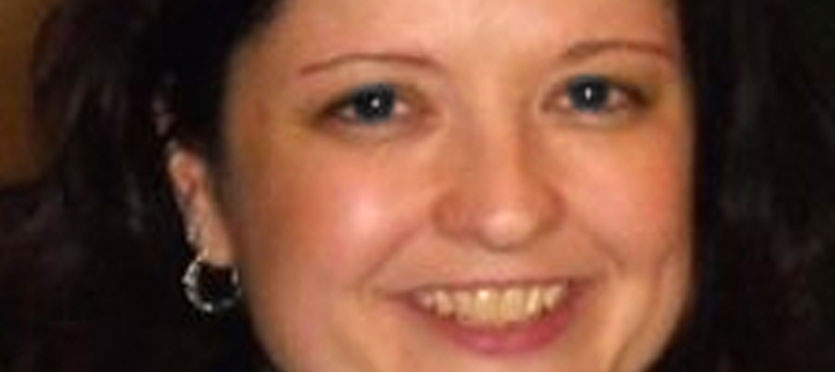NOTE: This is the second in a series of interviews with educators who are using #ObserveMe signs and what they’ve learned along the way. The green bold text was added as an emphasis by me and not by the person being interviewed.
Name: Sherry Nesbitt
Twitter handle: @snesbitt1972
Website: http://sherrynesbitt.weebly.com/
Years in education: 23
Current position: Middle School Spanish
Location: Hershey, Pennsylvania
How did you hear about the #ObserveMe movement?
A colleague in my professional learning network posted an #ObserveMe tagged tweet that got my attention and had me wondering – so I looked further. I took a look at posts that had the #ObserveMe hashtag and then checked out your website.
Why did you want to create an #ObserveMe sign?
Our school has been trying to encourage teachers to observe each other. Sometimes an open door isn’t enough. I wanted to take away the obstacle of agreeing upon a time for the observer to come in.
How did you determine your feedback goals?
I’m also delving into #flexibleseating so I figured that it would be a natural fit to get feedback on how students are dealing with the seating and their overall movement during class. So, my first two goals were:
- To look at student movement in class.
- To provide feedback about flexible seating in the classroom.
Have you made any changes to your feedback goals? If so, why and what was the result?
I “tightened up” what I wanted the observers to give feedback on and got more useful results. Initially I didn’t have a feedback form, per se, for the observer to fill out. The Instructional Coach came in with an observation tool, and I made the questions more specific:
- Movement – What types of movement did you observe in today’s lesson? Choose ALL that you observed:
- vocabulary with gestures
- partner activity
- whole-class activity out of their seats
- stations activity
- brain break
- none – in their seats the entire time
- other
- Movement – How did the amount of movement “feel” to you? (Likert Scale – range from no movement at all to too much/ unnecessary movement)
- Flexible Seating – What types of things did you notice about the students and the furniture arrangement in the room? Choose ALL that apply:
- Students were fighting over furniture &/or pillows
- Students did not fight over furniture &/or pillows
- Students were sitting in a variety of spaces (stools, floor, desk, chair only, other)
- Furniture could be easily moved based on the instructional activity
- Something I wonder is…
How did you advertise your #ObserveMe sign so that other teachers knew about it?
Twitter! We have several hashtags in our district. I also emailed by principal and assistant superintendent. Finally, I posted my sign outside my door. My colleagues know that I’m a risk-taker and always seek to grow.
Please share a story of meaningful feedback you’ve received that you wouldn’t have been able to get on your own.
An English teacher observed on a day that we played a mock baseball game. The purpose was to provide background information, especially for students who weren’t familiar with baseball in preparation for a reading. When the teacher and I debriefed, she didn’t realize why I had the students playing. In hindsight, I didn’t make my purpose clear – to students nor to an observer. It really made me think.
What have you learned through this process that you wish you knew when you started?
The conversations that follow are key. That’s where I learn the most. The freedom, trust and willingness to share ideas are fostered by the invitation to observe, the feeling of not being personally judged, the relationships that are being built.
Also, having a sentence stem of “Something I wonder is…” helps to break the ice. I keep it very informal. I may start with a statement such as, “The feedback you gave really made me think and reflect about what I did.” More times than not, my openness and vulnerability spark a great conversation. The observer may provide additional insights that s/he didn’t provide in the form. When English Language Arts teachers have observed me, we were able to brainstorm additional reading strategies that I could use. This was definitely above and beyond what I was hoping to get feedback on but has been a very positive unintended consequence of the follow up conversations.
What would you say to someone who isn’t sure if #ObserveMe is right for them?
Try it! If you’re worried, try it with the colleague you trust most. Be humble by asking for their advice and/ or help. Invite them in the room or to help with a particular lesson. Be vulnerable. I joke that when I try something new it could be a complete disaster or could be really terrific.


1 Comment